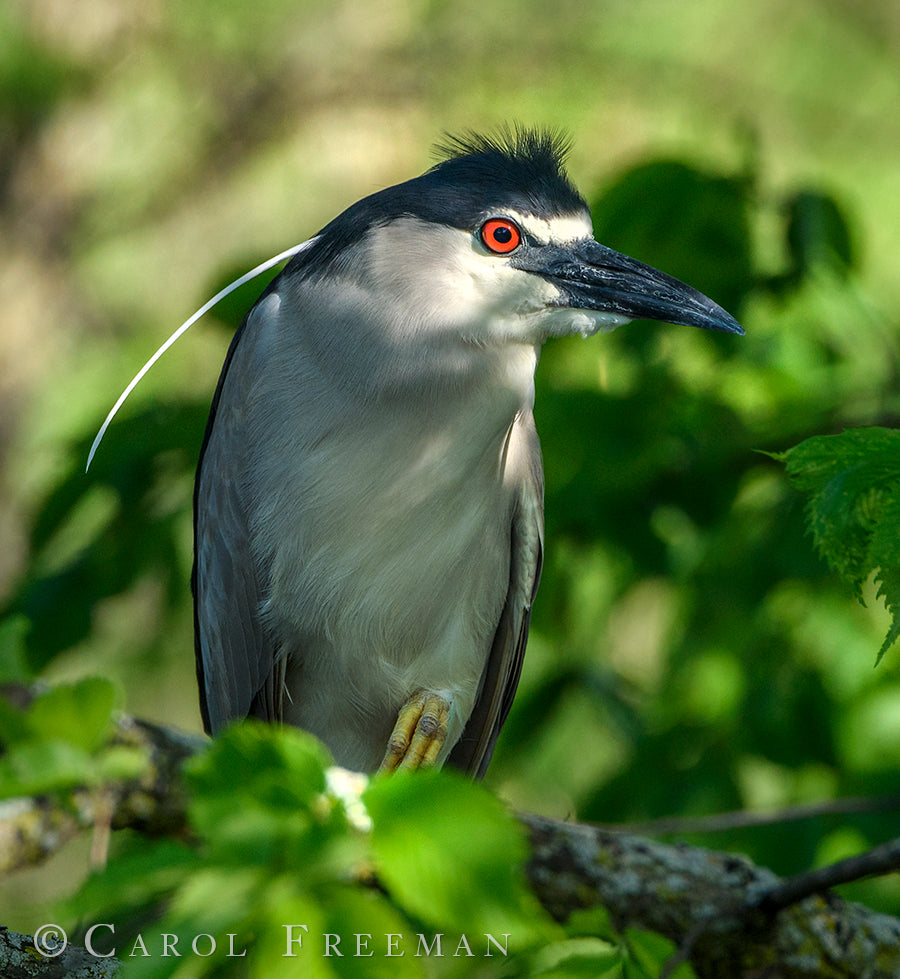News / black-crowned night-heron
Endangered black-crowned night-herons nest at Lincoln Park Zoo

Black-crowned night-herons prefer secluded wetlands to build their nests of twigs and sticks to raise young. Due to loss of habitat and other reasons, the black-crowned night-heron is listed as endangered in Illinois. But there's one place the state-endangered bird has found to nest that's a little more out in the open -- the Lincoln Park Zoo.
For the past eight years, black-crowned night-herons have nested in colonies in somewhat noisy places in trees near the Abraham Lincoln memorial statue and those above the zoo's red wolf exhibit. Zoo scientists monitor the colonies -- and this might be one of the last bastions of nesting areas for this species in Illinois.
The night-herons return to the region sometime in April when the males start snapping their bills and making crazy sounds while bowing to intended mates. Females respond by letting a male rub his back on the back of her head -- and if it's a match, you can watch them groom each other. Later on in the season, you might see the young in the trees, squawking for food. It's OK to watch as long as you stay a good distance away and don't make any loud noises or quick movements.
Just north of the zoo is the Peggy Notebaert Nature Museum, where you can see photos of the night-heron as well as other threatened and endangered species of Illinois. It's an exhibit called "Endangered Beauty," put together by Team Green featuring some of the many photos Carol Freeman has taken of these rare gems throughout Illinois.The exhibit is open during regular museum hours through June 24th. Why not visit the museum and the Lincoln Park Zoo to see if you can find some night-herons? Look for a bird with yellow legs, white belly and black crown and bill with a red eye.

